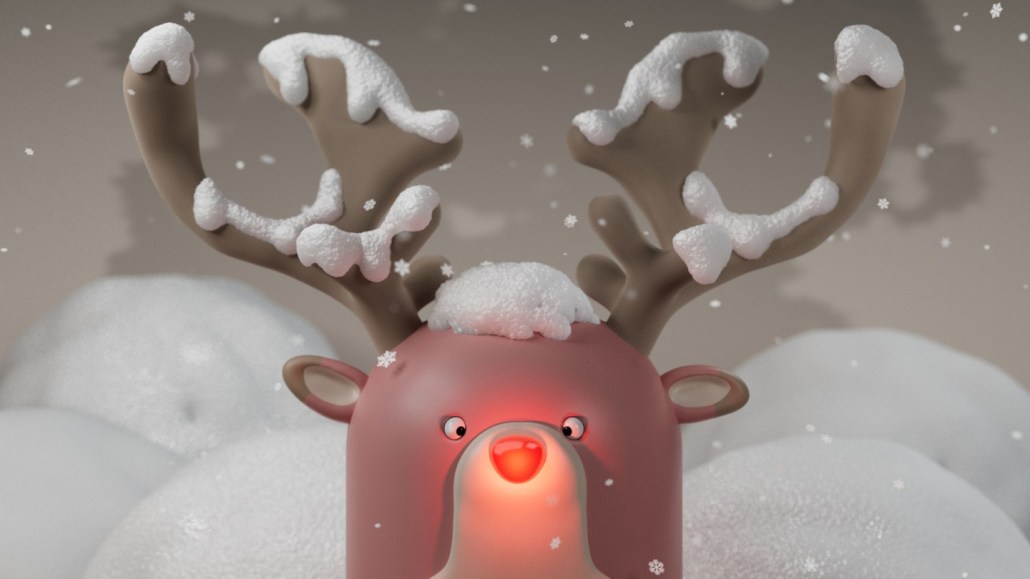
Animals
Rudolph’s red nose could glow through bioluminescence
Simple chemistry could give the reindeer his iconic red snout. But physics would make it look different colors to anyone who spied Rudolph from the ground.
Come explore with us!

Simple chemistry could give the reindeer his iconic red snout. But physics would make it look different colors to anyone who spied Rudolph from the ground.

Materials known as metal-organic frameworks, or MOFs, trap some PFAS fast — and can be reused again and again.

Richard Robson, Susumu Kitagawa and Omar Yaghi developed these metal-organic frameworks, which can trap pollutants, collect water from air and more.

Chemists have spotted tiny zaps of electricity moving between “swamp-gas” bubbles. Could they ignite methane gas to glow as dancing blue flames?

Scientists have now gotten a good look at the ice around a baby star. It might help them unravel the origins of the water needed for life on Earth.

The atoms that make us up couldn’t be shrunk or smashed closer together — at least, not without catastrophic consequences.

The number of neutrons and electrons can vary in atoms of the same element. The number of protons alone sets each of these substances apart.

Ripping tape off a roll triggers flashes of lightning. Harnessing these micro-sparks might one day lead to greener chemistry.

Let’s use a technique called paper chromatography to separate the pigments lurking in tree leaves.

New data from hailstones suggest most of these icy chunks may not form the way scientists long thought.